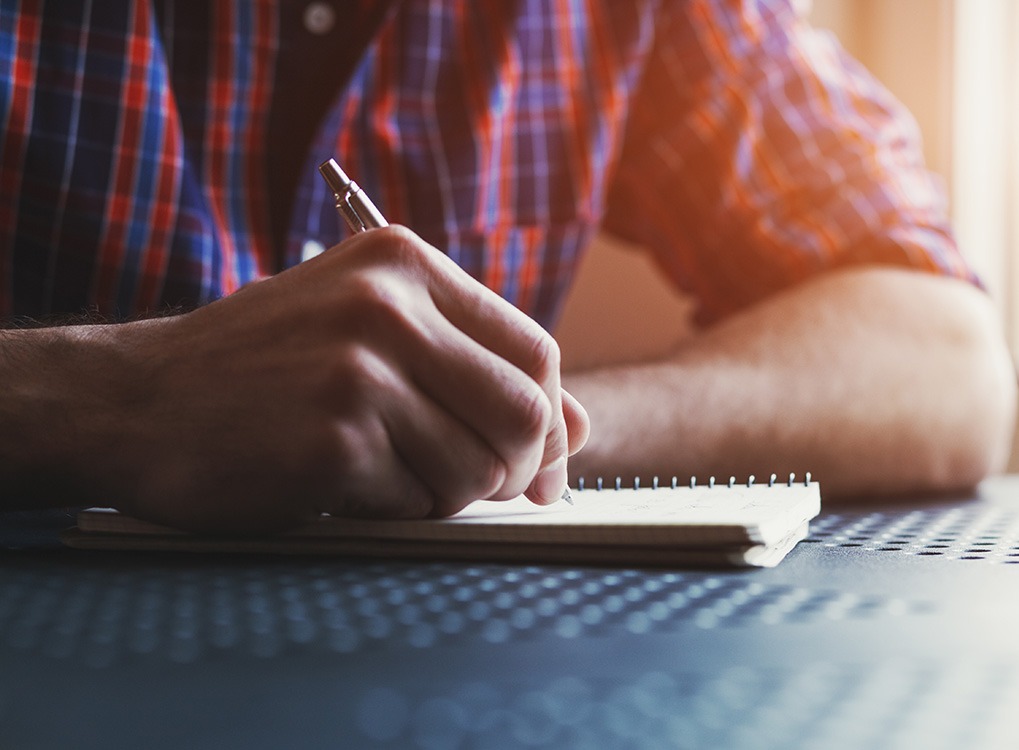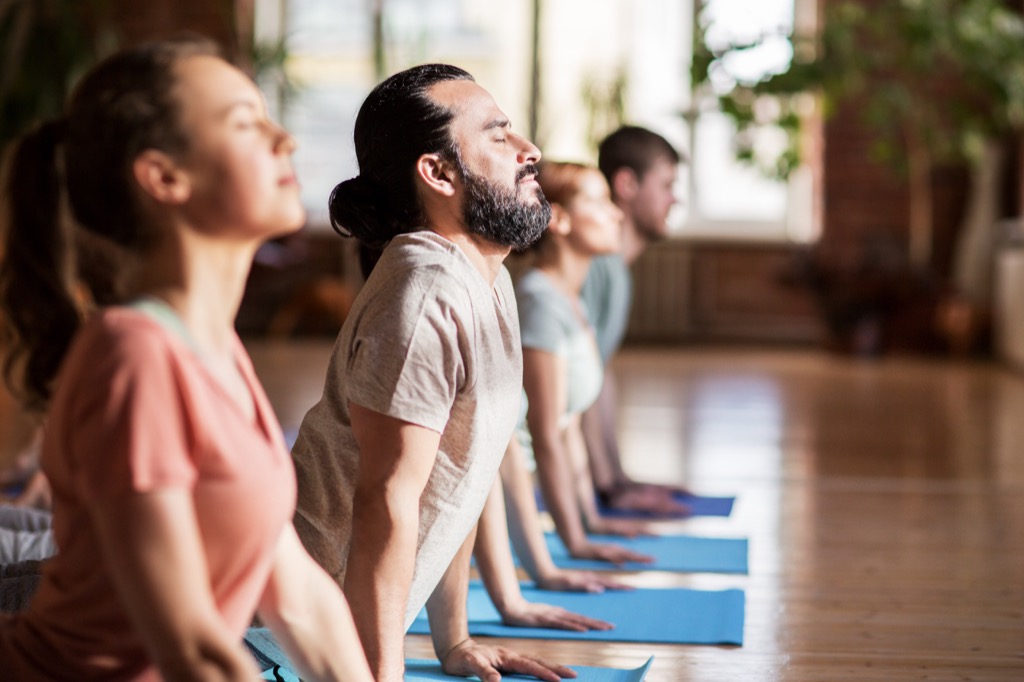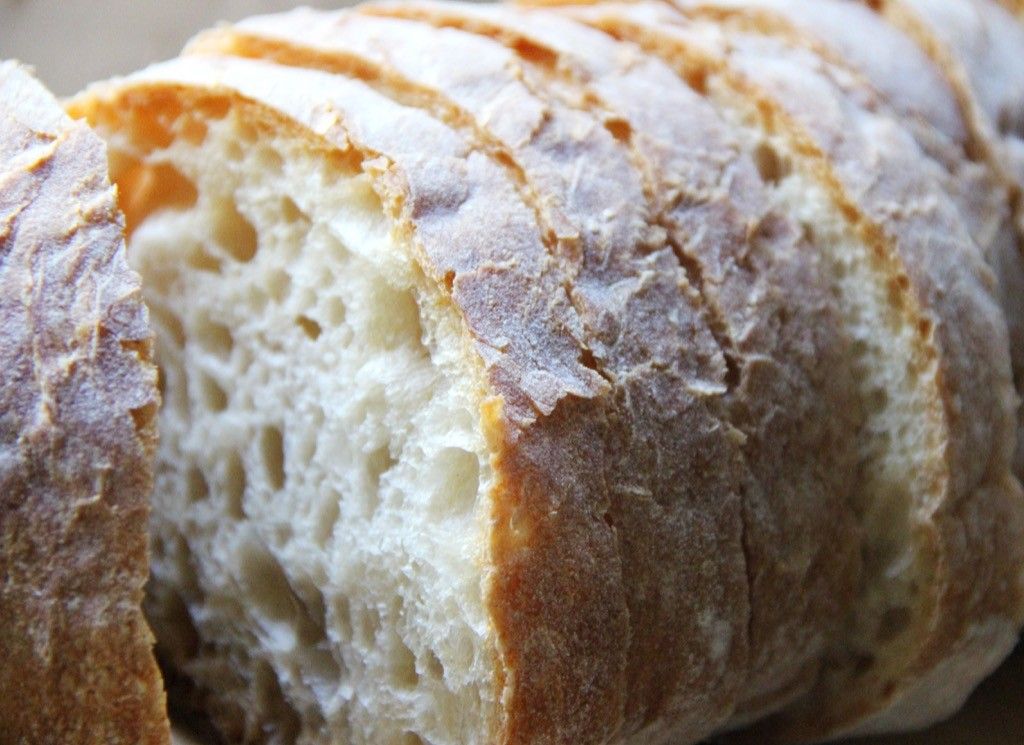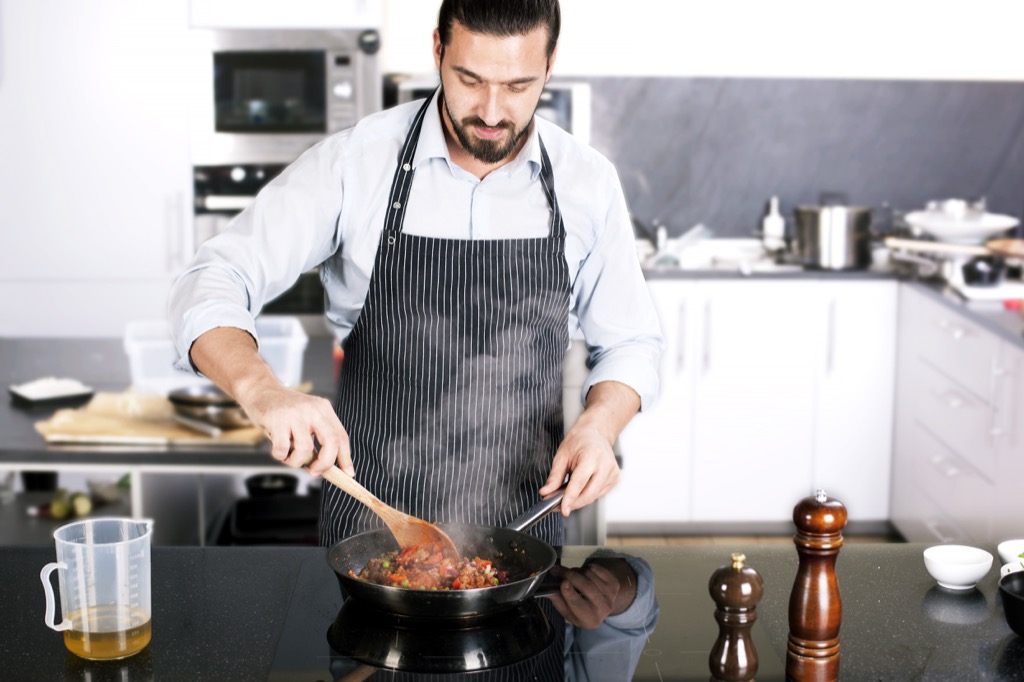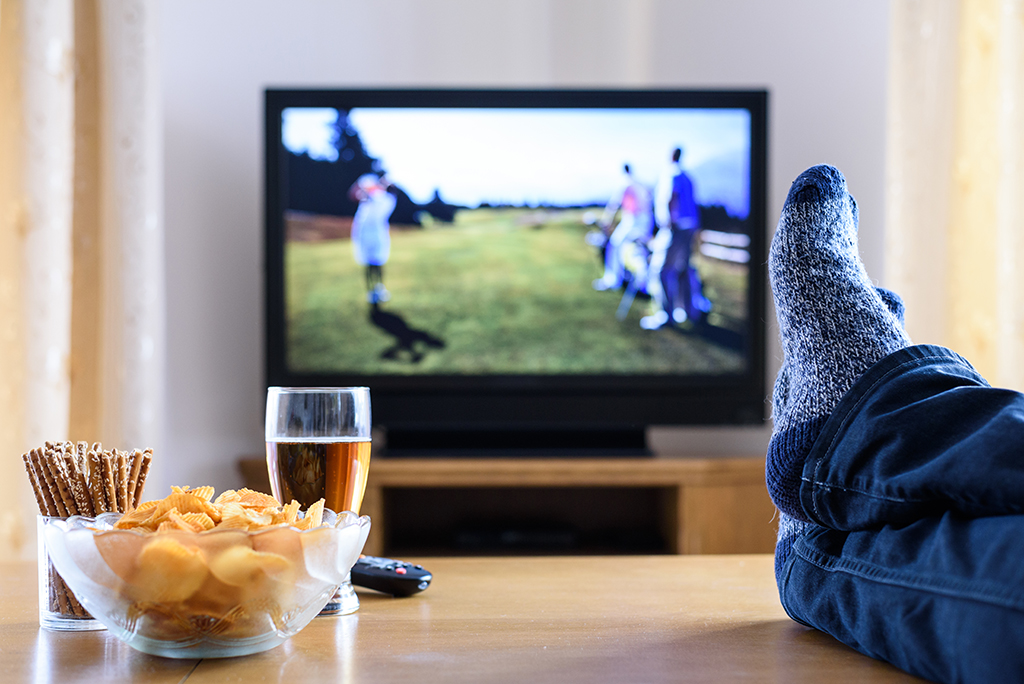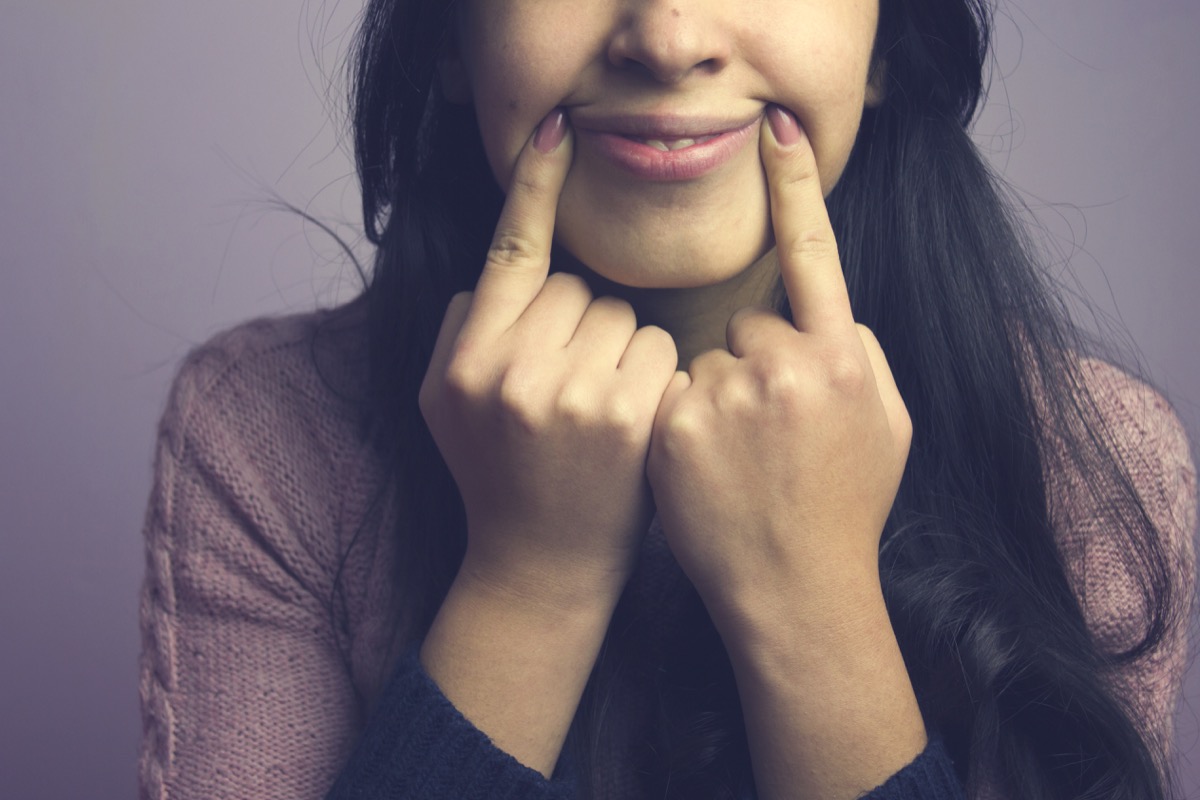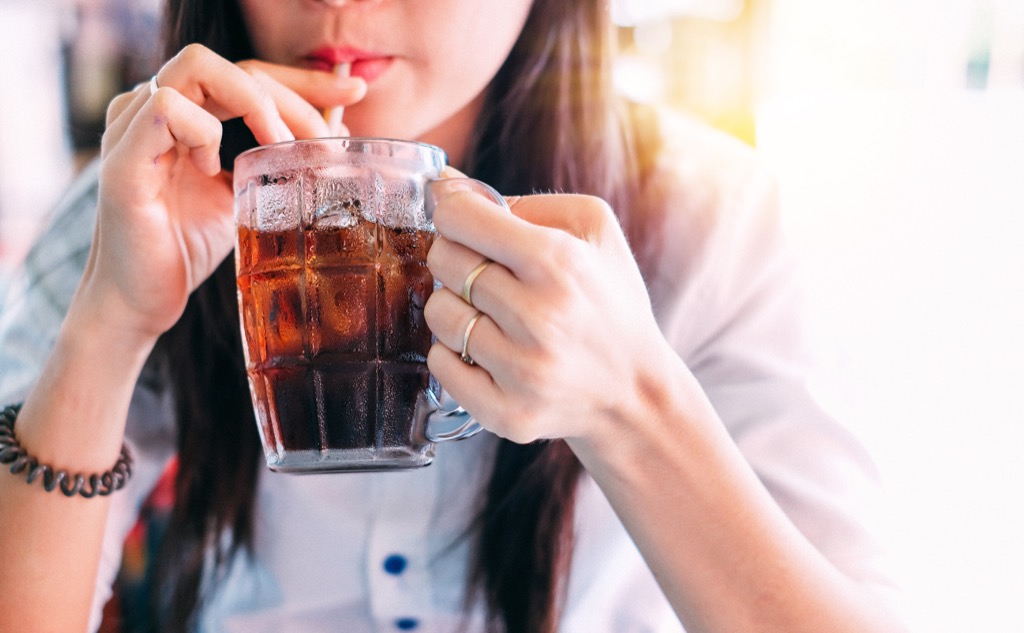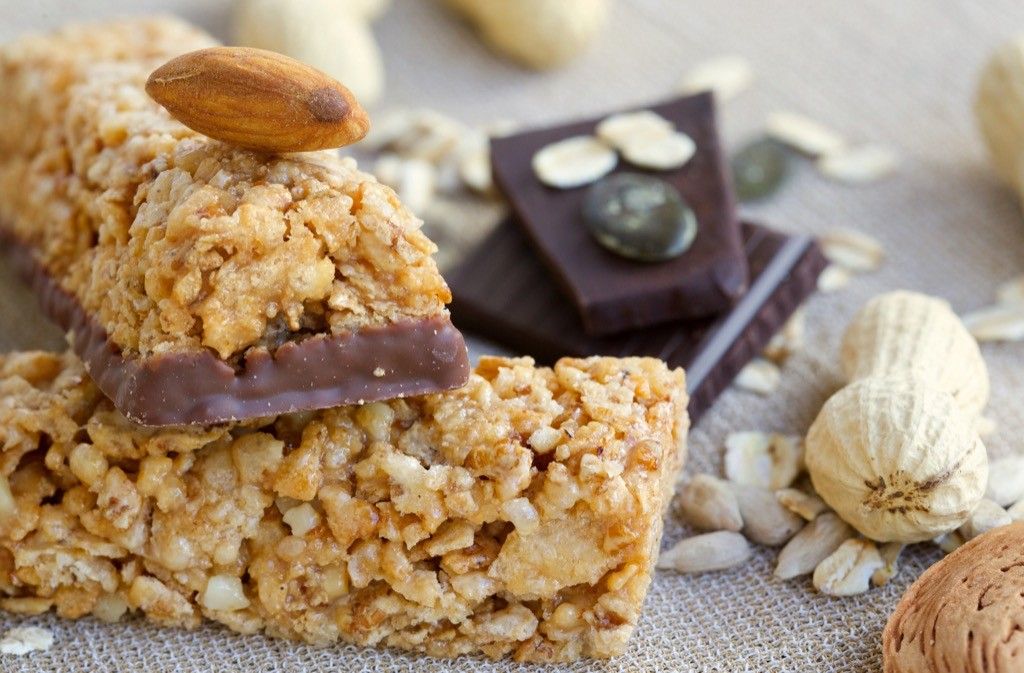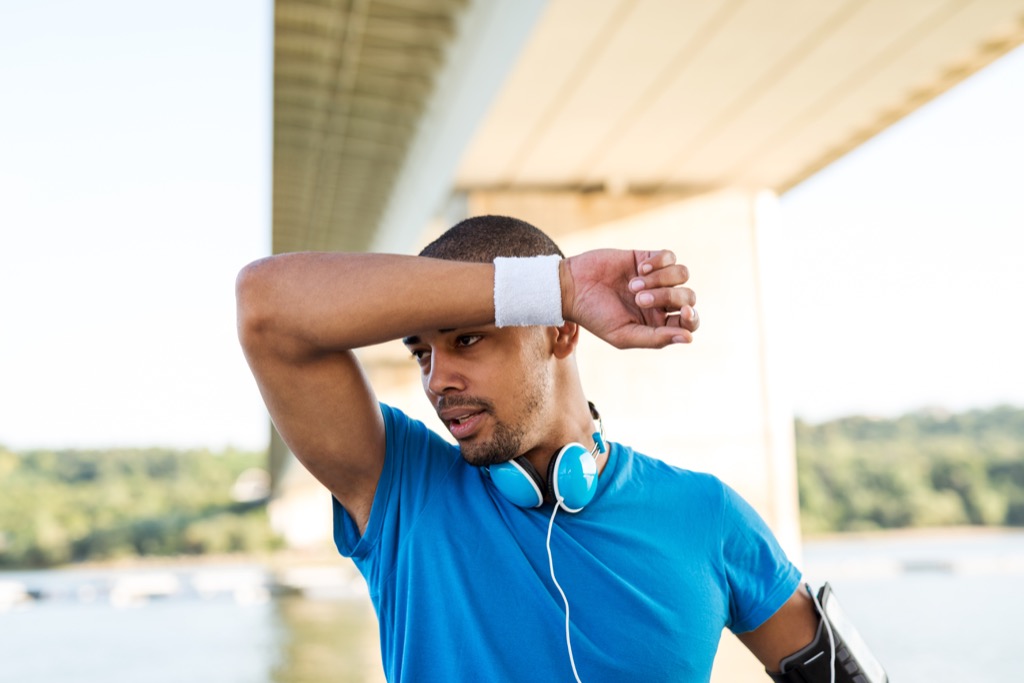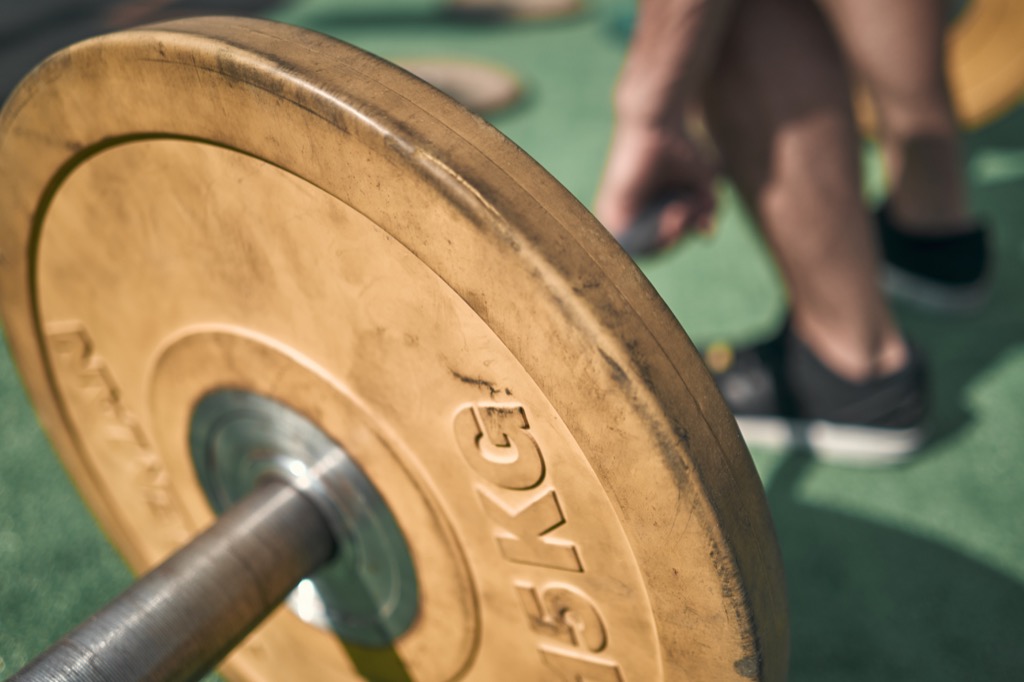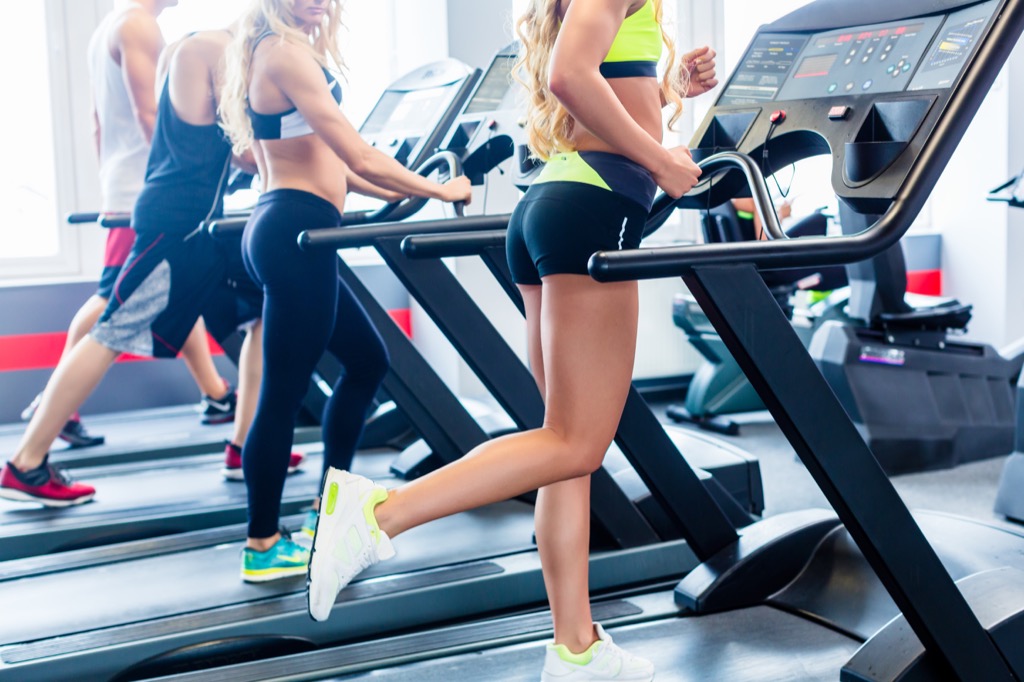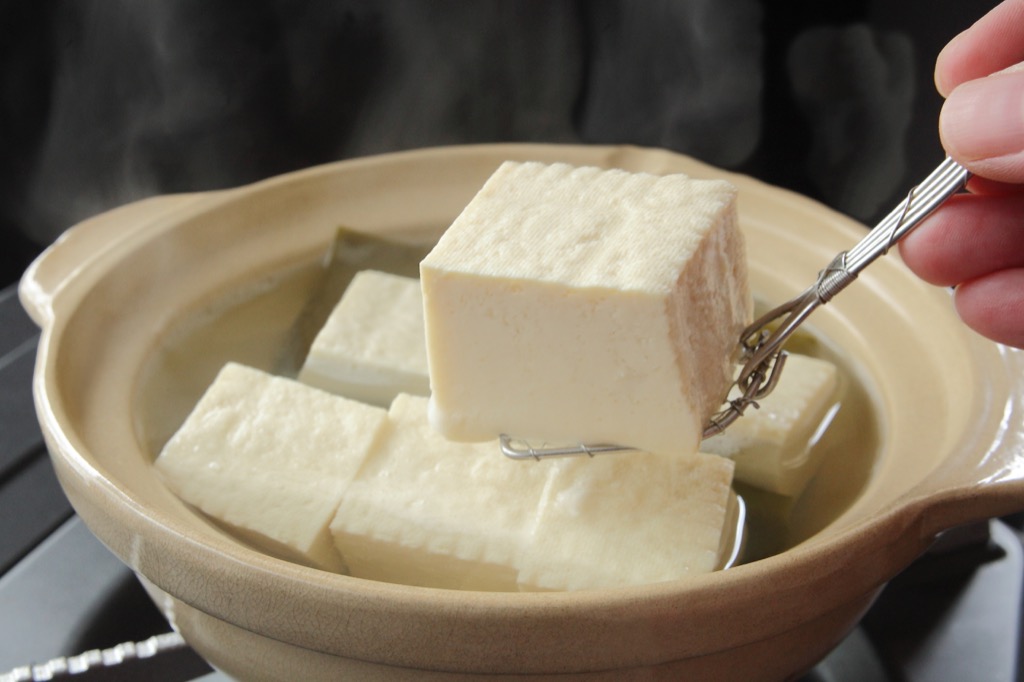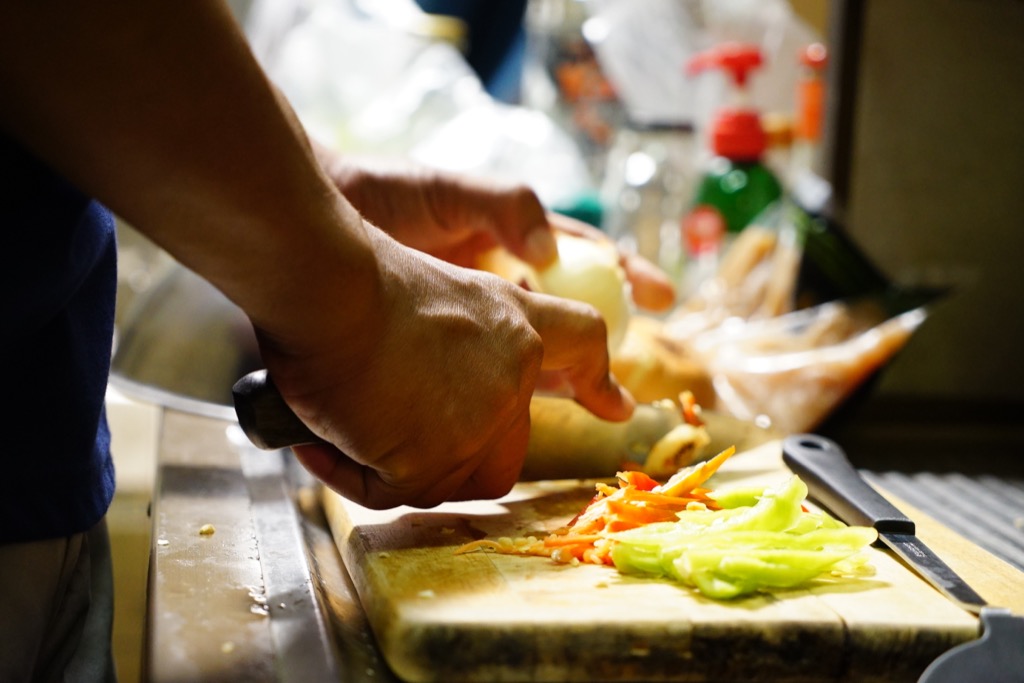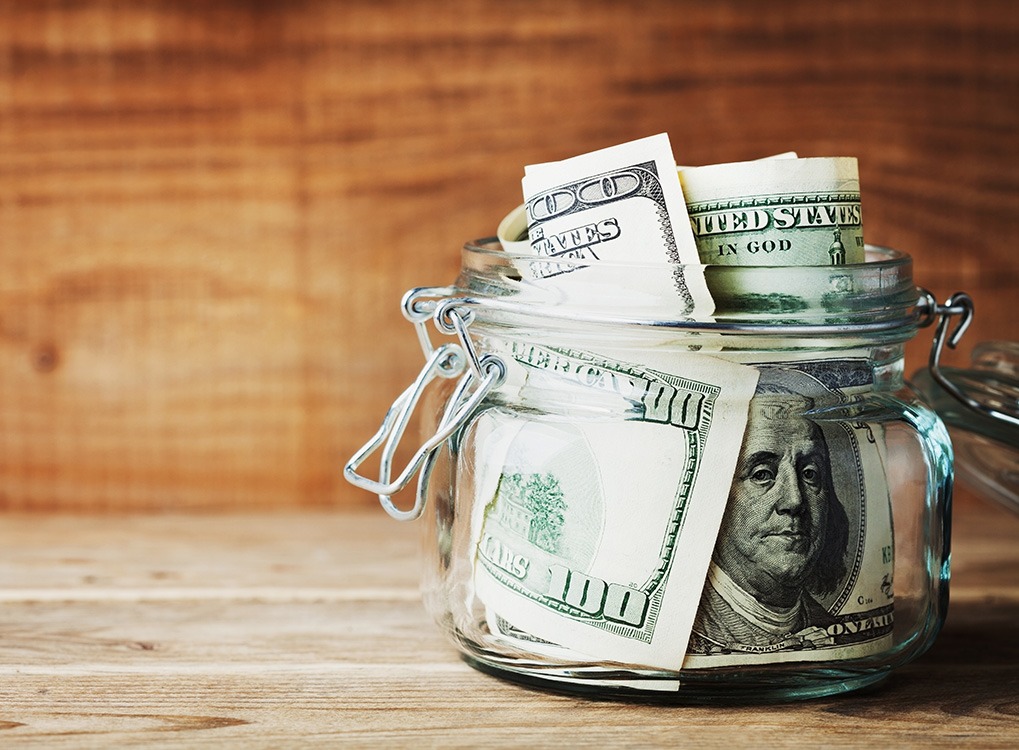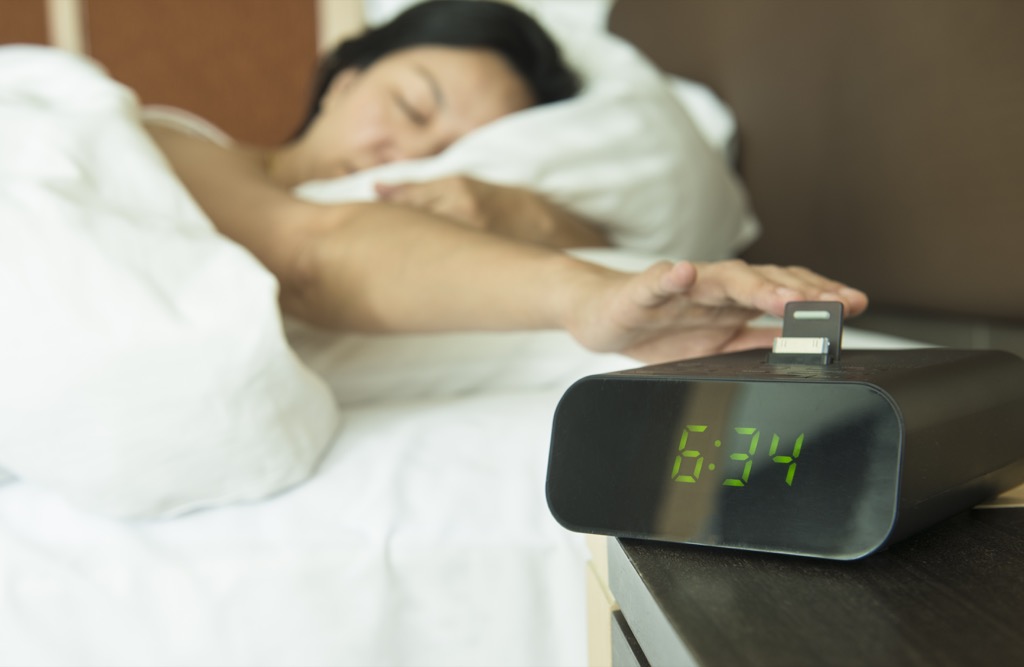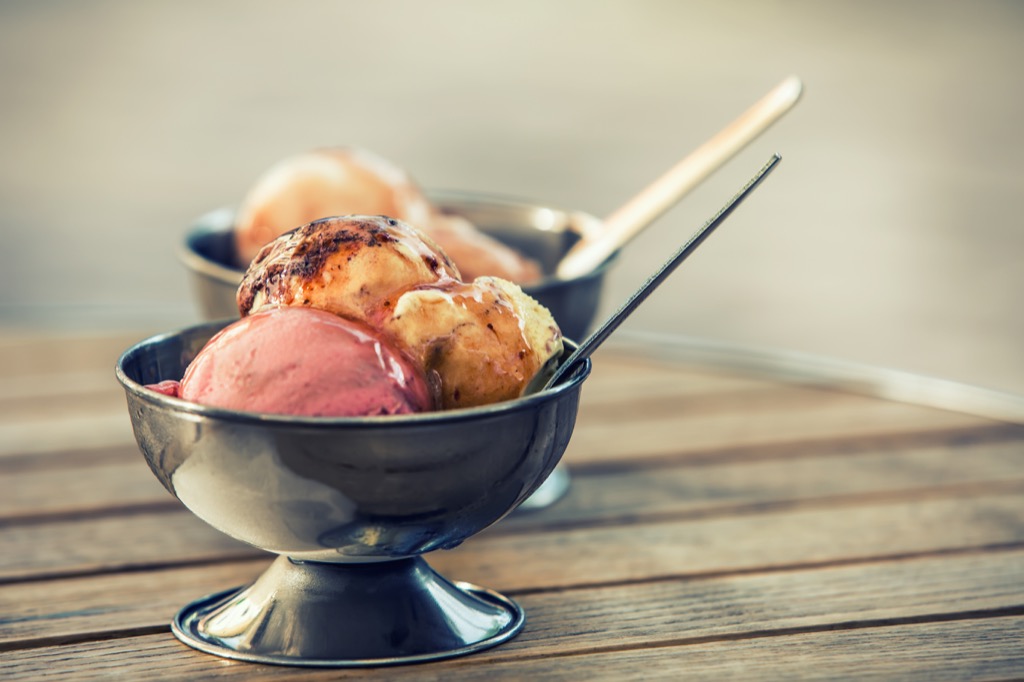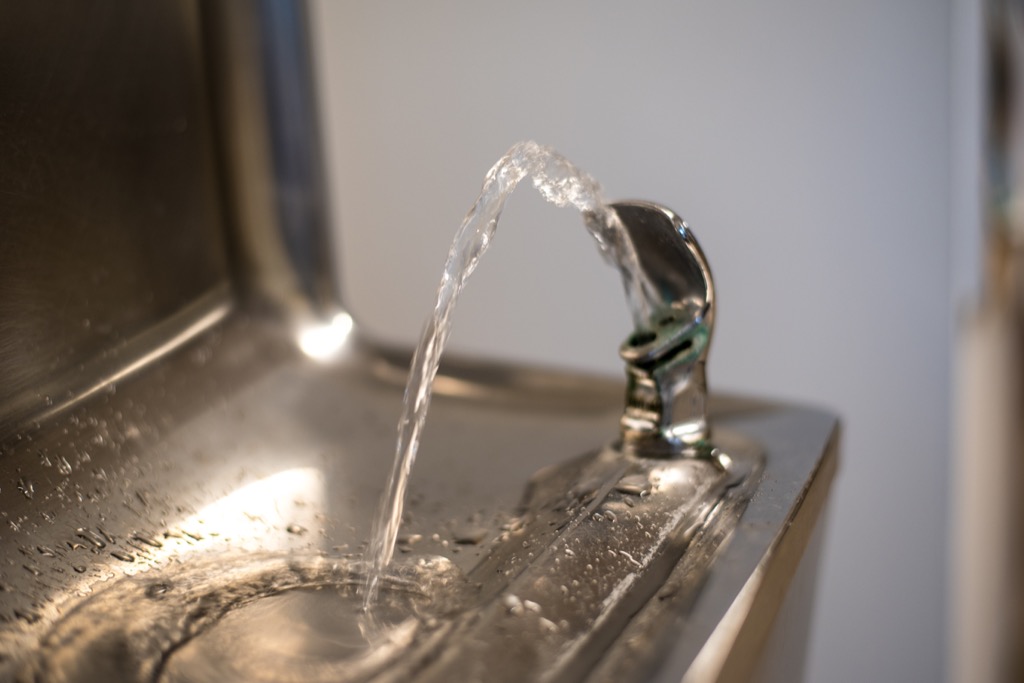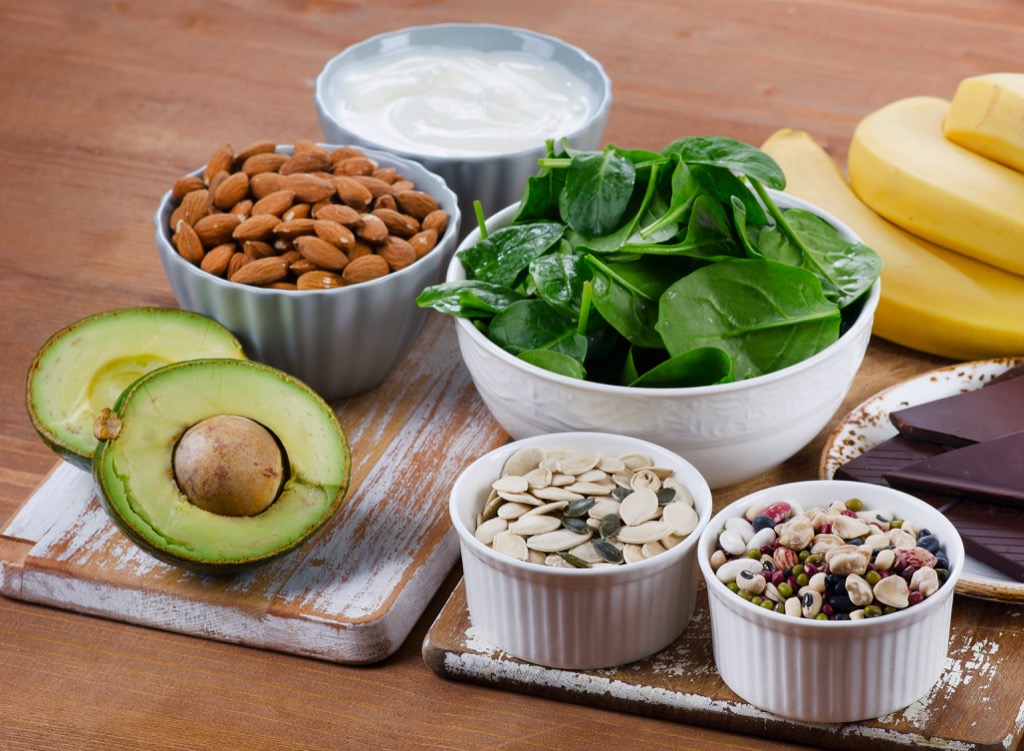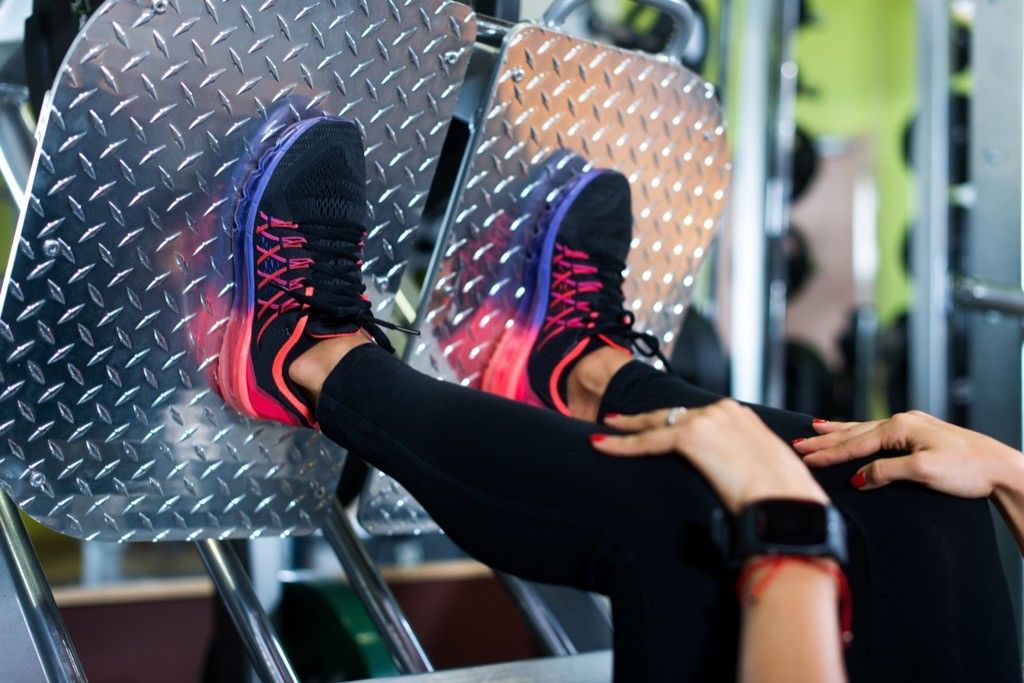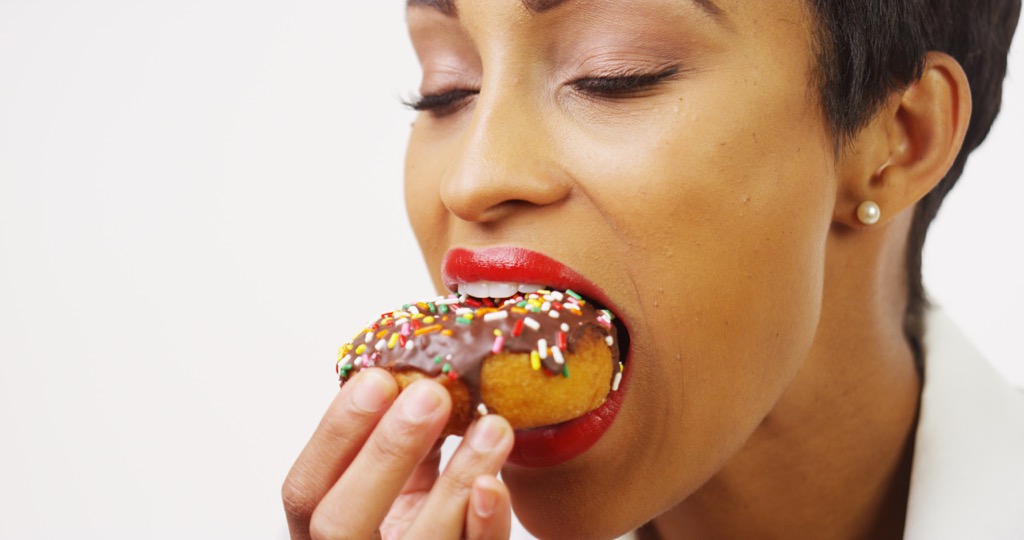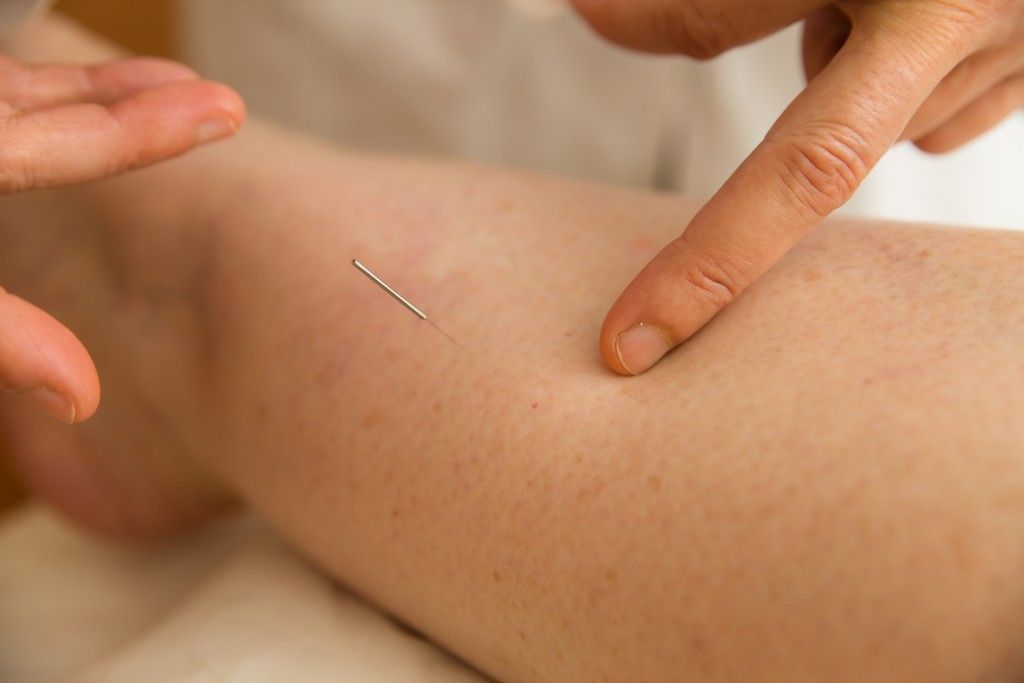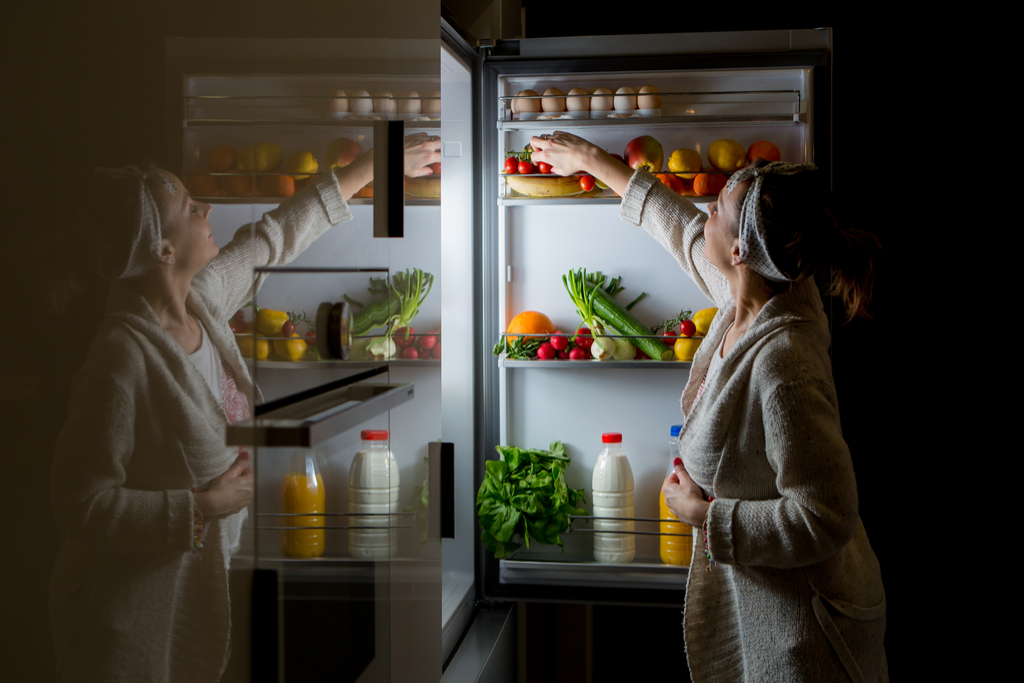But that doesn’t mean you can’t do anything about it. “We just need to be aware of these factors when choosing diet and fitness routines in order to lose weight and maintain a healthy lifestyle,” she says. So chin up, and read on—because we’ve reached out to scores of health and fitness experts and compiled here a full checklist of tricks, tips, and hacks for keeping your waistline in check after turning 40. “It is advisable to begin a weight loss journey by consulting with your medical provider,” says Dr. Anna Zacharcenko, of the Philadelphia College of Osteopathic Medicine. After 40, health factors like endocrine issues, side effects from medication, and a slowing metabolism can all combine to affect weight gain in unforeseen ways. “A discussion with your medical provider can help in teasing out what may be contributing,” she says—and those factors will guide you in the proper course of action to take.
“Articulate for yourself what are your reasons for desired weight loss and write these down, " says Dr. Zacharcenko. Then, keep them somewhere visible. “Designing a simple reminder system of your reasons for weight loss can help with sustaining motivation and staying on track,” she explains. In moments of frustration, it’s important to remind yourself why you’re challenging yourself and why the effort is entirely worth it. “After 40, it becomes even more important to train smarter and more consistently for fat loss,” says Amira Lamb, a certified personal trainer and the founder of Holistic Hottie. By that, she means balancing more intense workouts with recovery exercises such as Pilates. The truth is, recovery is important, and it takes longer for your body to recover after 40. “It’s harder to lose weight if you get injured,” she says. “Or maintain what you’ve accomplished.”
“To peel off fat, ditch refined grains like white bread and white rice, and eat more whole grains such as oatmeal, barley, farro, quinoa, whole-wheat pasta, and brown rice,” says Kimberly Gomer, a health and wellness expert at the Pritikin Health Resort. “Try to be in charge of your diet as much as you can,” says Bowerman.“Eating out is fun and convenient, but restaurant portions are often large and servers may push you to order extras you don’t want.” If you’re eating out, she advises you to read the menu ahead of time and pick out a healthy meal. When you order, politely ask the server to request that the chef go light on the oils while cooking. Oh, and don’t eat the bread or order dessert! “Identify a support system to help you with your weight loss goals for at least six months,” says Dr. Zacharcenko. She suggests a weight loss support group, a regular dietitian, or meeting with a health coach. “Research suggests that long-term healthy weight loss and maintenance is characterized by longer term follow-up with a support system,” she says. After all, with so many people sharing similar goals, there’s no need to go at it alone. “Research suggests that those individuals who self monitor their behavior are more successful in maintaining longer-term health behavior change,” says Dr. Zacharcenko. It doesn’t have be in a physical journal, either. “Take advantage of the available smartphone or internet-based applications for tracking food intake and daily exercise,” she suggests. Trust us: If you take a photograph of every dish you eat and then look back on them all after a week, you will change your eating habits. “Choose a plan which seems feasible and will not lead to boredom,” recommends Dr. Zacharcenko. After all, your goal is to stick to it—and that’s really, really difficult when you’re utterly miserable. “Ask your primary care provider to suggest a variety of healthy eating plans with include the right balance of nutrients for your aging body,” she says. Then pick the one that most appeals to you. “Take notice of how and where you consume your meals,” says Dr. Zacharcenko. “Be aware and beware of environmental triggers which may pave the way for mindless food consumption.” What she means is: If you have a terrible habit of chowing down on buttery popcorn every time you fall onto the couch and crank up your Netflix account after a long day at work, you’re not doing yourself any favors. It’s time to be aware of that behavior so you can unlearn it—or replace it with something far healthier that falls in line with your weight loss goals. “It’s important to praise ourselves when we have chosen to stay on track,” says Dr. Zacharcenko. “At the end of each day, make sure you acknowledge the healthy behaviors you have engaged in.” After all, every day is a battle, and it’s important to keep tabs on your daily victories.
Dr. Anthony Balduzzi, founder of The Fit Father Project, recommends drinking between two-and-half and three liters of water a day. “It not only flushes out toxins, but keeps hunger at bay, and allows your muscles to work at maximum strength to burn more calories in the long run,” he says. Keeping a great water bottle handy will help!
“Since muscle tissue burns calories at a much more rapid pace than fat does, maintaining muscle mass is clearly one of the most important things you can do,” says Bowerman. “So engage in activities that challenge your muscles so you can build and maintain them.” Walking, resistance bands, and yoga are all great options, she says. If you find weight lifting unappealing, consider this: Your biggest muscle groups—your legs, back, and arms—burn the most calories. Performing basic moves that target those big areas, such as squats (or burpees), can have an outsize effect on your calorie burn. Getting enough sleep is crucial to any weight loss program, says Balduzzi. “If you can shoot for a minimum of six hours (though seven and a half or more is ideal) you will have more energy, a correctly working metabolism and fresh, recovered muscles to continue building lean tissue,” he says. Creating habits is the best way to ensure long-term weight loss goal achievement, says Balduzzi. Small changes, like switching your daily soda to a glass of water, lead to bigger changes, like walking to work, which lead to even bigger changes—like hitting the gym three days a week—“and all of a sudden, you become a fat burning machine,” he says. Soon, being at your desired weight will become second nature, as well. While it’s good to be ambitious, don’t set a weight loss goal that is unachievable—the perceived failure as a result will only set you back mentally. Instead, identify realistic goals along with your primary care provider, says Dr. Zacharcenko. “This translates into a steady, safe way of dropping pounds slowly,” she says. And we all know how “slow and steady” fares in the long run. When making lifestyle changes, pick those that you can engage in joyfully, says Bracha Goetz, author of Searching For God In The Garbage, a memoir about overcoming food addiction. Doing so will make it much easier to turn them into a daily routine. “It takes approximately 400 repetitions to create a new synapse in the brain, unless it is done in play, in which case it takes between 10 and 20,” she explains. “So the quickest way to make positive changes is to make them joyfully.”
“Avoid any food that has its own television commercial,” says Charlene Bazarian of weight loss blog FBJFit. There’s a reason the makers need to spend ad dollars to convince you to eat their products, she says, and it usually isn’t a good one. When it comes to weight loss after 40, even the small things count, says Bazarian. “Bites, Licks, and Tastes add up—and Sips too,” she warns. Remind yourself that to achieve your goal, you need to put these small pleasures aside, and perhaps discard actual BLTs, as well. Before you even think about burning calories and shedding pounds, make sure to get your diet in order, says Dr. Balduzzi. “It is much easier to consume fewer calories than to burn them,” he says. “You can’t out-exercise a bad diet.” When it comes to exercising for weight loss after 40, short and sweet is key, says Balduzzi. “Short and intense bouts of exercise are more useful and efficient than long and moderate forms,” he explains. So push yourself to the limit, knowing it will be over soon.ae0fcc31ae342fd3a1346ebb1f342fcb
Cardio alone—running or riding a bike—isn’t going to cut it when it comes to weight loss, says Alejandra Font, co-founder of The Camp Transformation Center. “The main reason many people, women in particular, gain weight while implementing health habits is due to a loss of muscle mass,” she explains. To reverse the process, it’s crucial to rebuild that muscle first, and then burn excess calories. The best way to make sure your weight loss gains stick is to exercise every single day, says Font. While it needn’t be an identical intensity, doing so will make sure your metabolism continues to burn fat throughout the day. “Many people over 40 have hectic lives, but finding ways to incorporate exercise into everyday life is key,” she urges.
“In order to support muscle repair and growth, be sure to include plenty of protein in your diet,” suggests Bowerman. “Plant sources of protein, such as peas, beans and especially soy, offer healthy and affordable options to meet your daily needs.” With a decreased activity rate and metabolism after 40, every calorie counts, says Bowerman. “Pay attention to the extras in your diet,” she recommends. “Calories from fats, sweets and alcohol add up quickly, so choose wisely and use them sparingly.”
Eat anything available on the perimeter of your grocery store, and that means lots and lots of fruits and vegetables, says Bowerman. These nutrient-dense foods will fulfill your nutrition habits while adding up to relatively few calories. Pro tip: Don’t be afraid to buy frozen if your favorites are out of season—they’re “just as nutritious as fresh varieties,” she says, “and there’s no waste.” As with any goal, getting proper data can allow you to respond intelligently to problems that arise. While not obsessing over exact figures, it’s important weigh yourself once a week, urges Cary Williams, CEO of Boxing & Barbells. Of course, one bad week needn’t spell disaster, so take each weighing with a grain of salt. “But you must keep track,” he says. After 40, it’s easy to let your career get in the way of maintaining a healthy weight. That’s why it’s crucial to “have the frame of mind that your health is more important than your wealth,” says Williams. Even if it means leaving work early to get in your workout before the gym closes, staying in good health is absolutely priceless. Excuses are deadly when it comes to weight loss. If you feel overwhelmed by the task at hand, simply remind yourself that “you’re no busier than a fit person,” says Bazarian. If they can put in the time, so can you. “Aim for a small ‘insurance’ workout first thing in the morning before the world tries to steal your day,” says Bazarian. That can mean a short burst of bodyweight exercises, a round of sprinting, or simply doing some jumping jacks. Especially after 40, the world—including family, work, and loved ones—can demand quite a bit. Exercising before all those obligations come in to play can make sure you get what you need to conquer the day no matter what obstacles lie in your path.
“Break your workouts into manageable pieces throughout the day,” urges Bazarian. In addition to keeping things interesting, this will save you from having to dedicate an extended period of time solely to your own body. Finding that kind of me-time can be difficult when you’re older. “Rather than sit and watch [a child’s] soccer practice or karate class, walk the track of climb the stadium steps,” she recommends, fulfilling two obligations at once. “Think of food as a choice, not as a reward or a punishment,” says Bazarian. The way you conceive of your diet can have a big impact in the way you consume it. “You don’t ‘deserve’ a decadent dessert, nor are you ‘depriving’ yourself if you don’t have it,” she says. You’re simply choosing what to eat to feel—and look—your best. Grocery shopping when trying to lose weight can be a dangerous proposition. Fortunately, Bazarian has a heuristic to keep things simple: “shop the outside aisles of the supermarket,” she explains. “That’s typically where the least processed foods are.” In addition, try to eat things “in their purest form,” she says—opting for oranges over orange juice, for example. Even with your hydration needs in mind, getting enough water can be difficult for many people. To stay on track, “never walk past a source of clean water,” says Bazarian. “Drink it up!” An under-recognized ingredient in weight loss over 40 is magnesium, says Dr. Carolyn Dean, a nutrition expert and author of The Magnesium Miracle. “Magnesium is crucial for healthy weight loss because it activates hundreds of enzymes that control digestion, absorptions, and the utilization of proteins, fats, and carbohydrates,” she says. There are many ways to get your daily serving of this crucial mineral, including whole wheat, quinoa, spinach, avocado, and supplement forms. While counting calories can be helpful, another option is to pay attention to the calorie densities of foods, says Gomer. “By opting for [lower-density] foods such as fruits and vegetables, cooked beans and legumes, cooked whole grains and nonfat dairy products, you can eat more and still feel full without hurting your waistline,” she says.
“A pound of muscle burns about six calories per day when resting, while a pound of fat burns around two,” says Gomer. Thus, “building lean muscle mass actually helps you to shed pounds that will continue to stay off in the long term.” But if you’re not used to weight rooms at the gym, there’s a good chance that you’ll find yourself intimidated. Try to get over this fear of looking out of place by trying easy-to-do machines that guide your movements. And if you’re able, invest in a trainer who can get your started on workouts that you can do quickly and with confidence.
After 40, testosterone levels drop in both men and women. Unfortunately, “low testosterone levels are linked to increased fat mass in addition to a number of other metabolic issues,” says Dr. Chirag Shah, co-founder of Accesa Labs. If you find yourself overeating, ask yourself, “Is it my body that is hungry or my soul?” says Goetz. If it’s the latter, think of things that could bring you more lasting pleasure, such as reaching out to a friend or taking a few moments to simply be present. “Suddenly…the big bag of potato chips isn’t calling your name so loudly anymore,” she says.
It probably isn’t the first thing that comes to mind, but acupuncture can be a great help in the journey to weight loss bliss, says Ellen Barrett, a fitness professional and weight release coach. “It’s very effective at restoring balance to hormones, helping with digestive issues, and just plain giving you energy,” she explains.
Those late-night snacks retrieved while half asleep in your underwear? Purged. “Eat dinner before 6pm and then ‘close the kitchen,’” says Barrett. In addition to packing on unwanted calories, late-night eating has also “been proven to disrupt sleep,” she explains. And to lose weight—and keep it off—you need your Z’s. And for help fending off those fourth-meal hunger pangs, check out The 27 Smartest Ways to Control Your Cravings. To discover more amazing secrets about living your best life, click here to follow us on Instagram!

